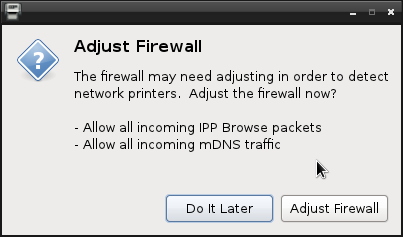Some Linux distro developers maintain one iso image per architecture that may be used to install a desktop or server system. Some others have a separate iso image for a desktop installation, and a different iso image for a server installation. The Zenwalk team belongs to the latter group.
Zenserver is one of four iso images that the Zenwalk team maintains. The others are the standard Xfce-based Zenwalk desktop, the LiveCD version, and ZenEdu, the education-focused desktop. Like any other server operating system, Zenserver is designed to provide services – dhcp, ntp, BIND, CUPS, NFS services, etc, to client machines. Any Linux or BSD distribution can be configured as a server, i.e., to provide services to other machines on the network.
A very important feature that we expect any server system to have is support for logical volume management (LVM). Under Linux, LVM makes it easy to manage hard disk volumes (partitions). It allows a system administrator to, for example, allocate more space to a partition that is close to capacity.
Zenserver 0.5, which was released in mid-June, uses an installer that does not support LVM (or RAID) configuration. We know that the desktop installer does not support LVM, but we expected that the Zenwalk team would have tweaked the Zenserver installer to support LVM (and RAID) configuration. It truly does not make much sense to set up a Linux server without LVM, almost ten years after the technology made it into the (Linux) kernel.
The Zenwalk developers produce a good desktop distribution, but Zenserver needs to have support for LVM disk configuration and management if it is to be considered a modern server distribution.







